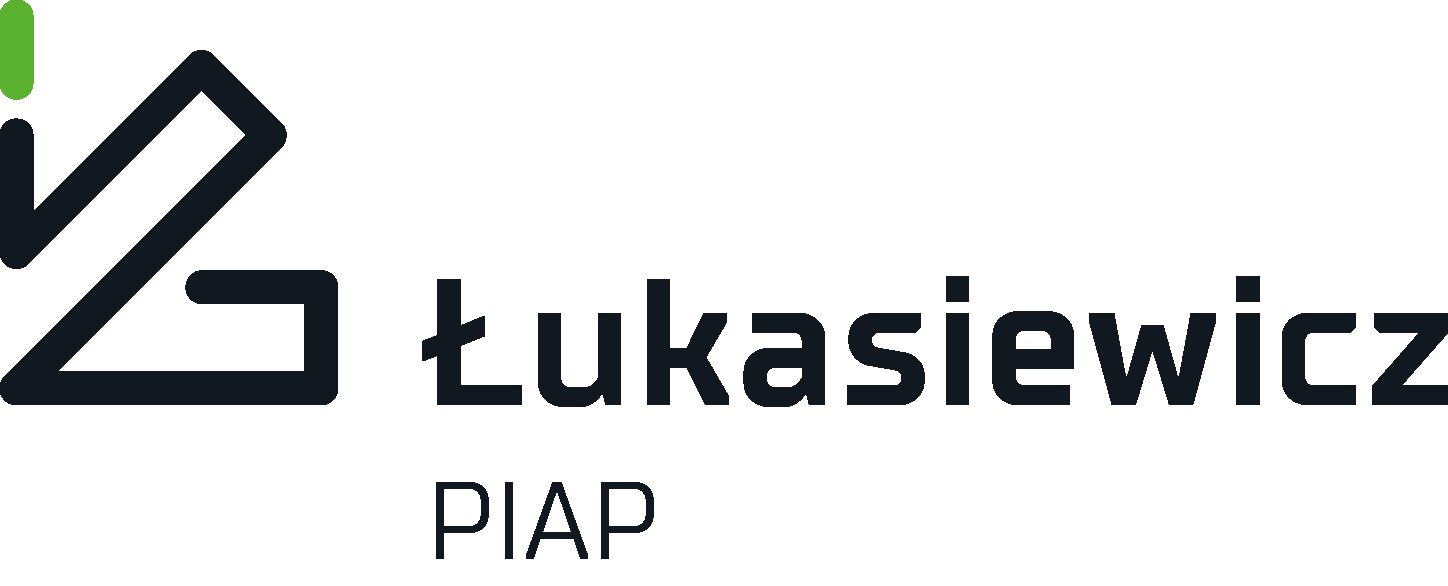A Model of Continual and Deep Learning for Aspect Based in Sentiment Analysis
Authors
Abstract
Sentiment Analysis is a useful tool in several social and business contexts. Aspect Sentiment Classification is a subtask in Sentiment Analysis that gives information about features or aspects of people, entities, products, or services present in reviews. Different Deep Learning models have been proposed to solve Aspect Sentiment Classification focus on a specific domain such as restaurant, hotel, or laptop reviews. However, there are few proposals for creating a single model with high performance in multiple domains. The Continual Learning approach with neural networks has been used to solve aspect classification in multiple domains. However, avoid low aspect classification performance in Continual Learning is challenging. As a consequence, potential neural network weight shifts in the learning process in different domains or datasets.
In this paper, a novel Aspect Sentiment Classification approach is proposed. Our approach combines a Transformer Deep Learning technique with a Continual Learning algorithm in different domains. The input layer used is the pre‐trained model Bidirectional Encoder Representations from Transformers. The experiments show the efficacy of our proposal with 78 .






